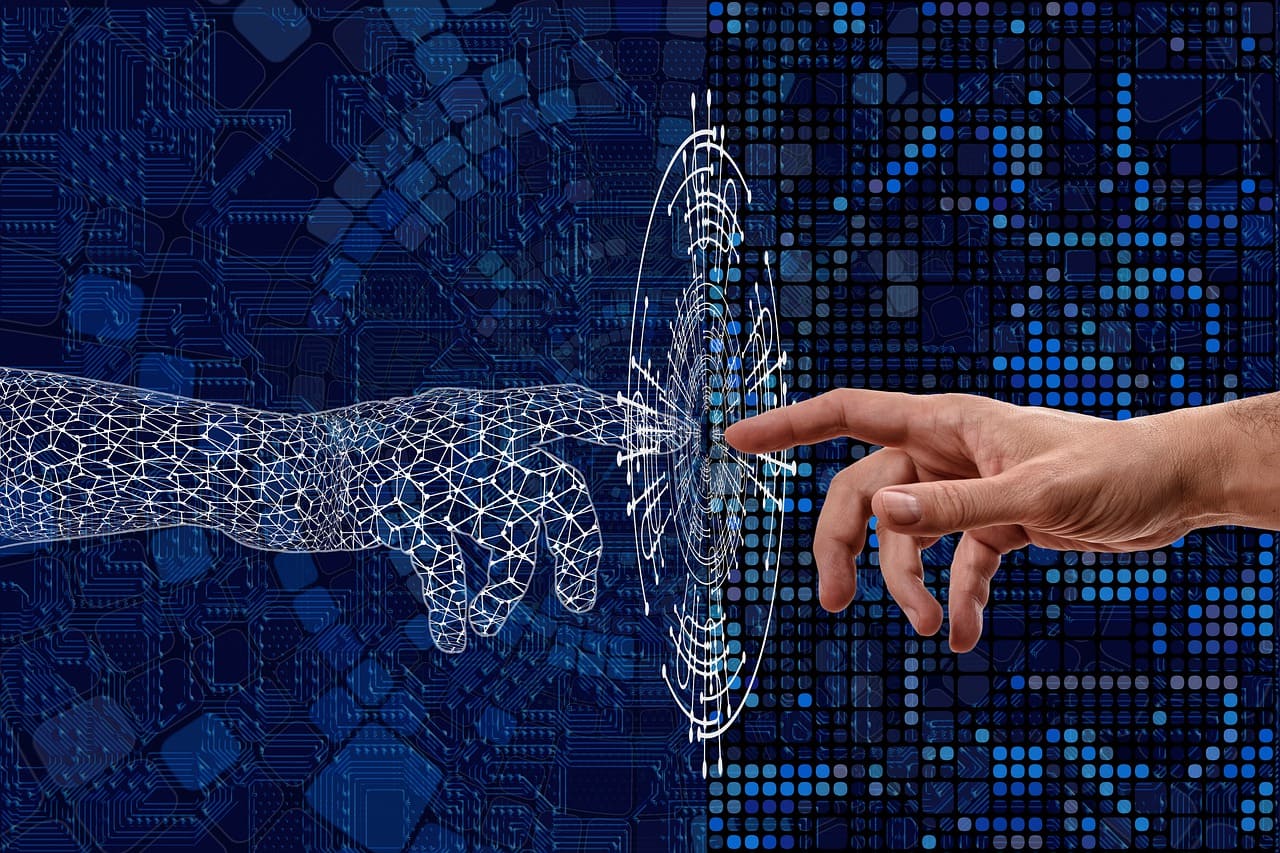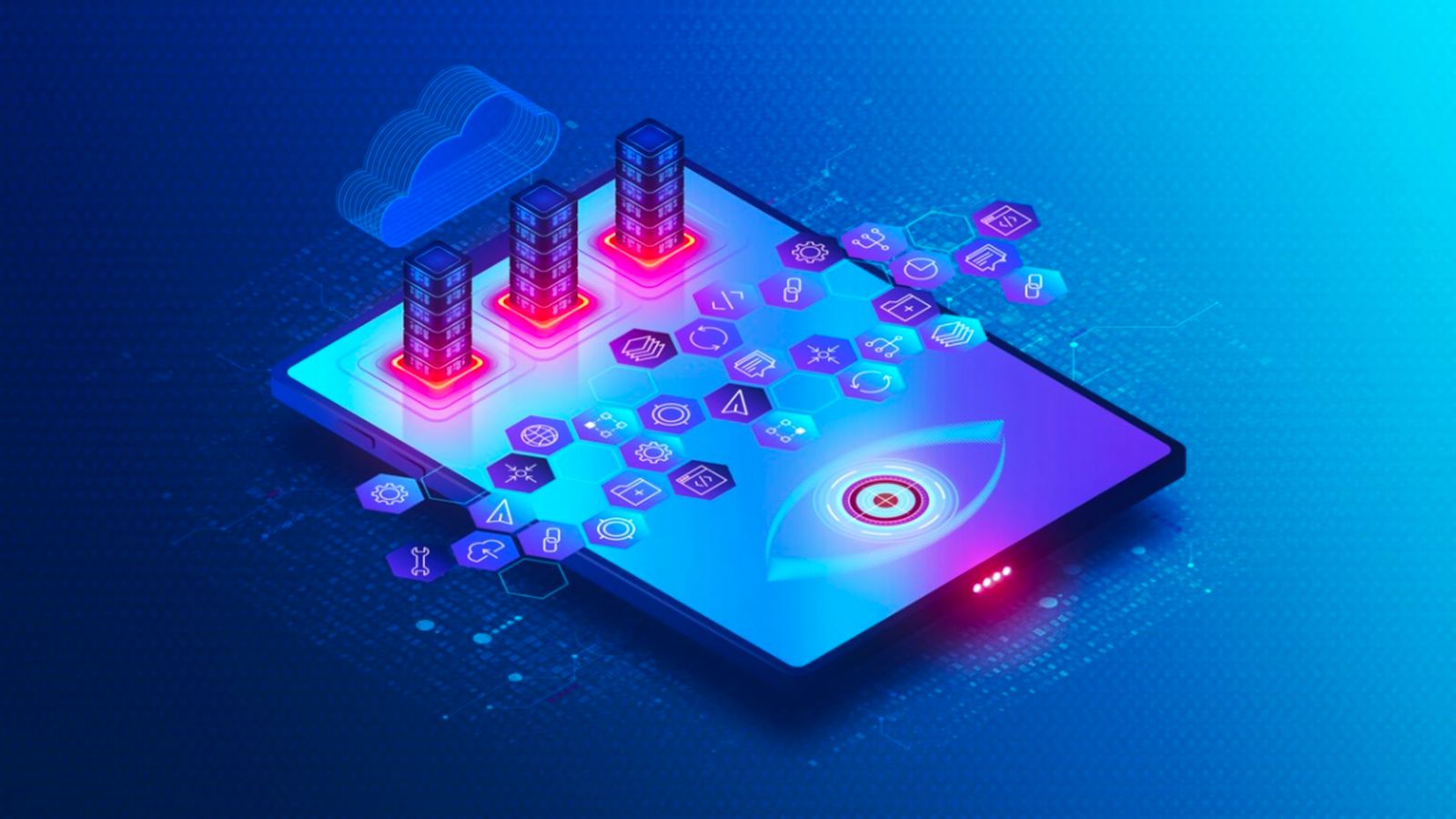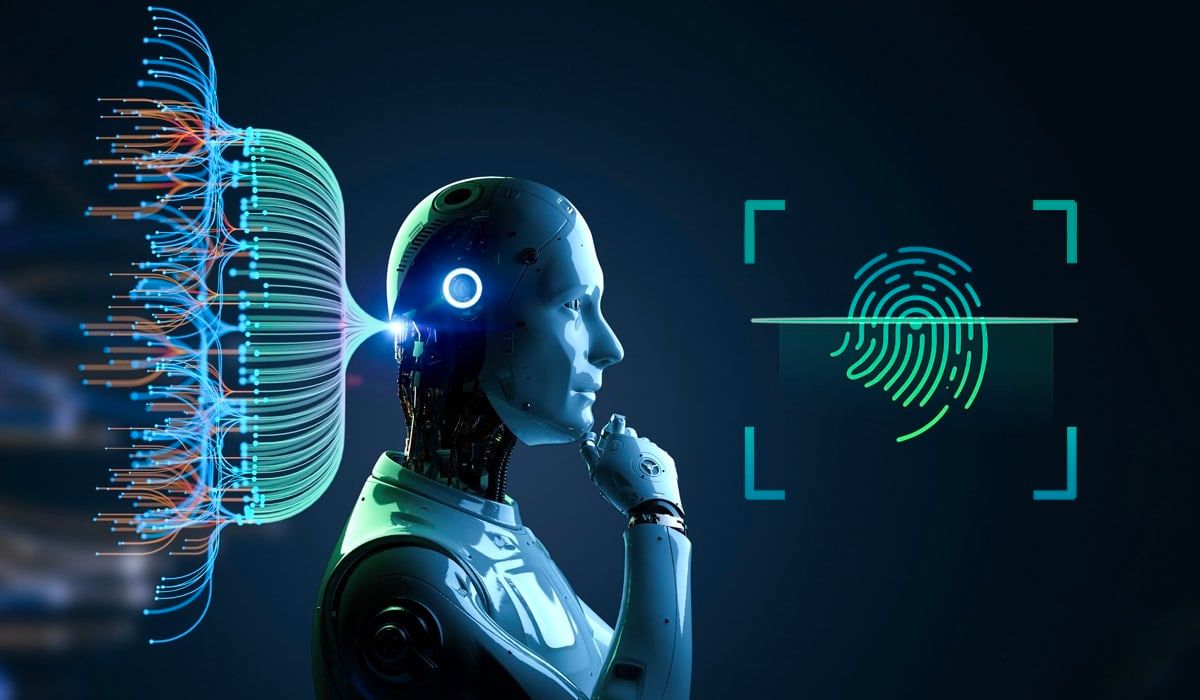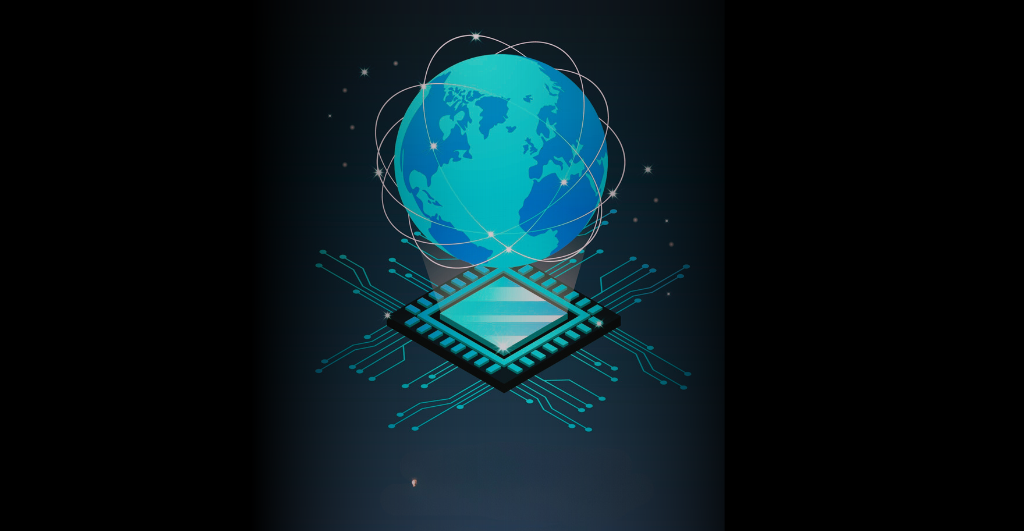AUTHORED BY Akalanka Abeysinghe – Head of Technology (Telco Services) AT N-ABLE
Understanding the importance of observability in digital transformation and its impact on optimizing complex systems is crucial. It is what enables organizations to understand and monitor the performance of their applications and infrastructure, thereby enhancing reliability and efficiency. In this article, our Head of Technology for Telecom Services at N-able – Akalanka Abeysinghe – explains what Observability is and explores its impact on technology over the years.
Digital transformation has revolutionized the world around us, enabling a vast range of technological advancements – such as frequent interstellar travels, accident-free road commutes, remote precision surgeries, high-efficiency factories with zero carbon waste and even human-like robots that operate as loyal companions. These futuristic scenarios have all become realities, all thanks to the power of digital transformation.
A Look Back: From a Fruit Orchard to a Tech City
The history of digital transformation dates way beyond the 1950s, when microchips and semiconductors were first invented. This journey began when a valley of a fruit orchards was converted to a platform for visionaries to plant their inventions, envisaging a fully-connected and automated digital eco-system, now referred to as Silicon Valley.


Google was founded in 1998; Facebook first started in 2004; AWS was created in 2006 and Steve Jobs introduced the iPhone in 2007. Likewise, such gods of digital transformation emerged one by one, proceeding to shape the future of the human being. Over time, the term “Digital Transformation” was finally coined by industry experts in 2013. The global pandemic of 2020 acted as a wake-up call for several companies, highlighting the profound impact of digitalization on the sustainability of their business, amongst current digital consumers in our ever-evolving digital future.
Exploration: From Sea Voyages to Digital Reach
On the other hand, 3GPP and GSMA continue to enhance and advance one of the most impactful inventions in modern human history – wireless communication – which was first pioneered by Guglielmo Marconi way back in 1894.
As various mobile technology generations (2G, 3G, 4G, etc.) evolved, 5G was introduced during 2017-18 to meet the demands of the fourth industrial revolution. Innovations such as driverless vehicles, holographic communication and fully-automated factories without human intervention are no longer confined to science fiction due to the impressive technology advancements with Industry 4.0.
Similar to how Europeans explored new territories through sea paths during the 15th to 19th century to expand their market, capturing wider markets using diverse channels, technologies and distinct business and political tactics was a common theme throughout modern human history. In today’s context, digital channels have become the new avenues for market development, where digital experiences serve as tactics for customer retention. Data has become the new currency and the speed of responding to customer demands is set to be the next currency.
Digital Transformation: A Shift to Becoming More Customer-Centric
In this context, service providers and enterprises face a prime question – are they prepared to embrace this digital revolution and deliver the anticipated digital experience to customers?
Ensuring zero downtime, rapid time to market, fully automated operations with minimal human intervention and prioritizing immersive digital experiences which cater to dynamic, non-traditional workloads – these factors will be decisive in retaining customers within the future digital ecosystem.
To manage such complex customer expectations and massive workloads in a cost-effective manner, whilst delivering the required levels of performance and scalability, IT landscapes need to rearchitect.

Adopting to Survive
Since Dr. Peter Rodgers introduced the concept of “Microservices” in 2005, the approach has disrupted traditional application development. It involves breaking down monolithic applications into loosely coupled component functions or services, interconnected through APIs.
Moreover, Cloud Native functions (CNFs) leverage the distributed microservices architecture, which increases resilience and scalability further. This fundamental architectural change in application design helps to make the innovative and more effective commercial models like pay-as-you-grow which are tightly coupled with cloud-based services a reality.
In addition to this, the obvious benefits of distributed architecture include:
- Expanding distinct service functions separately – based on actual customer demand
- Auto scaling
- Almost zero downtime
- Faster time to market
- Easiness of modification and maintenance of subcomponents

On the other hand, this makes the lives of developers easy by adding more
– Simplicity
– Scalability
– Flexibility
to handle non-traditional, highly dynamic complex workloads of digital applications.
AI Will be the Savior
The flip side of the microservices architecture is it adds more complexity to the application architecture. Instead of monitoring one application in monolith architecture, hundreds or thousands of microservices need to be monitored now. Therefore, monitoring just one log file and only a limited number of parameters will not be enough to get the end-to-end visibility of distributed applications. Logs, traces, metrics and many more parameters which are generated in millions per microsecond need to be monitored without failure
As such, traditional application monitoring methods will not work; therefore a more versatile, a more efficient and a more modern way of monitoring will be required. To address this challenge, observability comes into the picture.

Observability is the method of measuring the current status of applications by using data generated by applications. It is not just observability, it is cognitive AI-based observability. The observability engines should have capabilities to operate the same way a human brain works; by taking real-time, precise decisions – but in a more efficient way than our brains work. The future IT infrastructure must handle highly dynamic, complex workloads with plethora of internal data, multivariate analysis with dynamic adaptive baselining. As such it is imperative to ensure the expected Quality of Experience (QoE), uptime of services and specially avoid upcoming service degradations and downtime with precise predictions.
Outline
Monolithic applications will be a killer for businesses that rely on them in the future. Transforming monolithic applications to microservices-based distributed architecture is the need of the hour to eliminate the challenges of maintaining large server farms and armies of people to handle massive dynamic workloads in the future digital space. Maintaining such a complex application architecture will not be possible unless Cognitive AI based observability platforms are deployed to ensure effective QoE enhancements, 100% service uptime, predict and averse future service degradations.
N-able: How Can We Help?
With years of expertise in navigating the complex landscape of digital technologies, we understand the challenges and opportunities that businesses face.
Our seasoned team of professionals is equipped with the skills and knowledge to guide organizations through every stage of their transformation, from strategy development to implementation and beyond. We have a proven track record of success, having helped numerous businesses across various industries achieve their digital objectives.
Latest blogs







